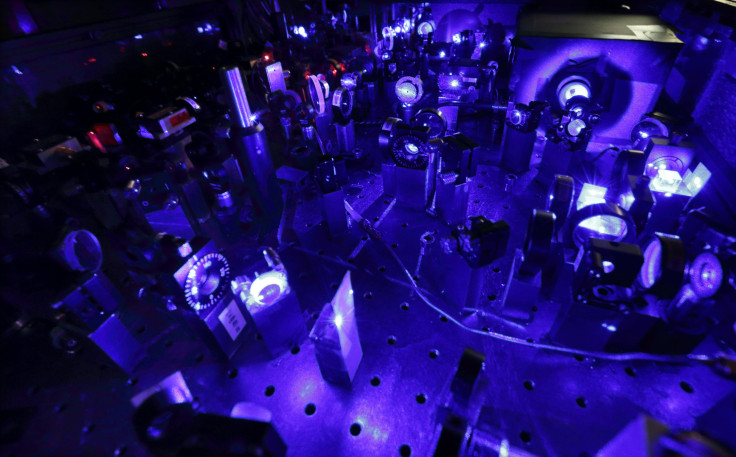FBI Investigates High-Speed Trading Companies To Check If They Used Insider Information Unavailable To Other Investors

The FBI is investigating whether high-frequency-trading firms are involved in using insider information on fast-moving markets that is unavailable to other investors, the Wall Street Journal reported Monday.
The investigation, which is reportedly in its infancy, includes checking on high-speed-trading firms to understand if they are trading ahead of other investors while also focusing on examining the practice of placing a group of trades only to cancel them later, which gives an impression of increased market activity, and the use of high-speed trading to place orders on an illegal tip.
"There are many people in government who are very focused on this and who are concerned about it and who think it breaks the law," the Journal reported, citing an FBI spokesman, adding: "There is a big concern that high-frequency traders are getting material nonpublic information ahead of others and trading on it."
The FBI has also reportedly deployed a large number of agents to assist in the investigation into proprietary-trading outfits and high-speed traders, and according to the Journal, regulators like the Securities and Exchange Commission, the Commodity Futures Trading Commission and the Financial Industry Regulatory Authority that oversees broker dealers, are also working with the FBI on the probe.
For the FBI, the investigation becomes more challenging because high-speed trades are now being executed by computer programs, which makes it difficult to detect criminal activity and to prove that it was executed intentionally. Thus, officials are looking for patterns in the market that can show if any trading activities violated the law and were made with the intent of fraud.
Since October 2009, the U.S. attorney's office in Manhattan has charged 90 people with insider trading for using confidential information about earnings reports, mergers and other market-moving news, of which 79 have pleaded guilty or have been convicted at trial, while none have been acquitted so far.
© Copyright IBTimes 2024. All rights reserved.












